New British Embassy in Warsaw
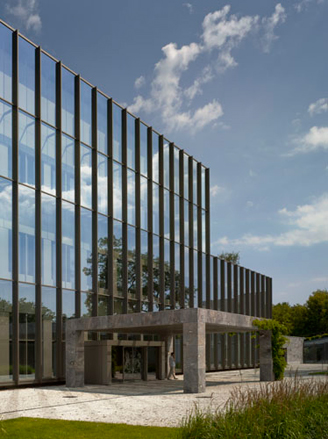
Juggling design options for a building which should both sophisticatedly represent a country, while also accommodate the needs of a busy office workspace is certainly no mean feat, and one which has resulted in a huge variety of approaches in the past: embassy buildings have ranged from the 1960s British Embassy’s sculptural concrete block in Rome by Basil Spence, to the 2007 award-winning red Addis Ababa Dutch Embassy by Dick van Gameren and Bjarne Mastenbroek with ABBA Architects.
The newly inaugurated British Embassy in Warsaw, designed by Tony Fretton Architects, balances effectively the typology’s two sides and offers the architect’s own interpretation to the brief.
During last Friday’s official opening in Poland, in the presence of former President Lech Walesa, the building was introduced by the British Ambassador as a “symbol of the strength of the British-Polish partnership” and “a long-term investment” but at the same time as a “sustainable” and “accessible” space.
Adding to this Fretton’s design aims, including the creation of “an extremely quiet collective workspace”, it is clear that the project had many distinctly different factors to incorporate. ‘It’s a very dynamic process designing for an organisation like this”, admits Fretton, “you have to be flexible”.
The architect’s team worked closely with contractors MACE successfully delivering the building last summer not only in time, but also in budget, so it could be occupied almost immediately and ready for its end-of-October inauguration.
Its strong-shaped yet elegant exterior makes the building stand out in style among its neighbours, while its glass volume reflects discreetly the surrounding trees, avoiding a direct clash with its immediate environment.
The conventional at-first-glance interior cleverly and subtly incorporates design solutions promising a comfortable, restful and efficient work environment. A specific energy sustainability programme includes a double façade passively controlling internal heating and cooling, glare control through blinds and special attention to acoustics in order to provide a peaceful work environment.
Wallpaper* Newsletter
Receive our daily digest of inspiration, escapism and design stories from around the world direct to your inbox.
The building’s ceiling and roof is slightly irregular so as to accommodate future changes in use, while the façade’s geometrical arrangement is non-structural, which would also facilitate future adaptations in use. The inner roofed planted courtyards springing in the middle of the main work areas bring a bit of the outside nature inside, a relationship enhanced by the generous openings beautifully framing the surrounding green park.
Standing back from the plot’s edges for security reasons, the structure allows for a wide planted area at the building’s front and sides, playfully brightened up by a yellow wall at one end to vividly frame the perfect garden party.
British Embassy in Warsaw
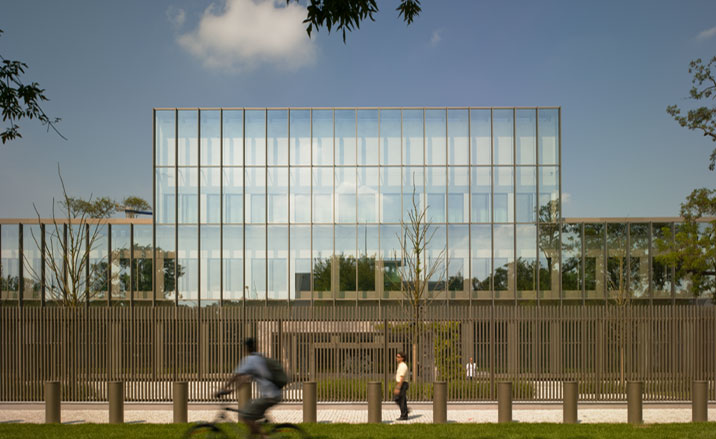
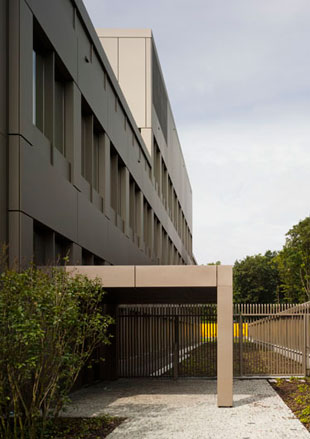
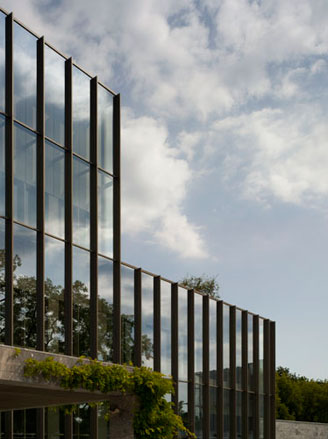
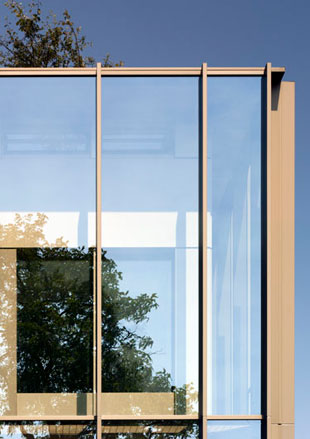
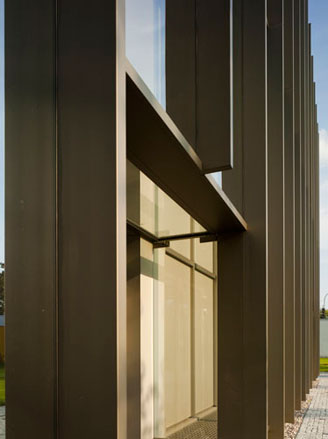

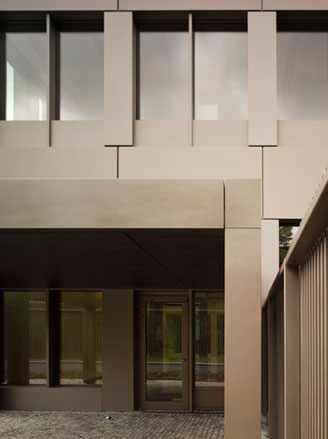
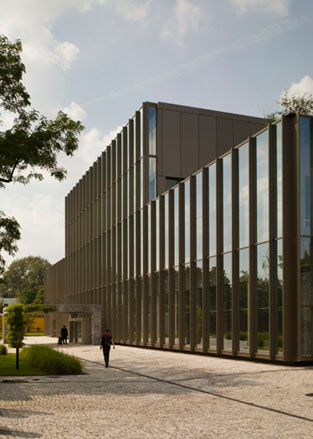
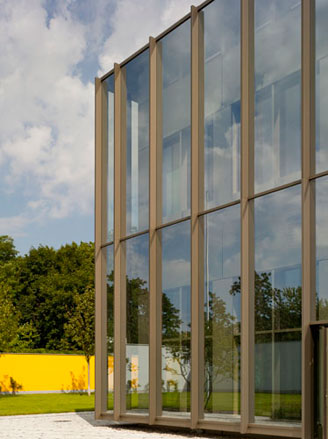
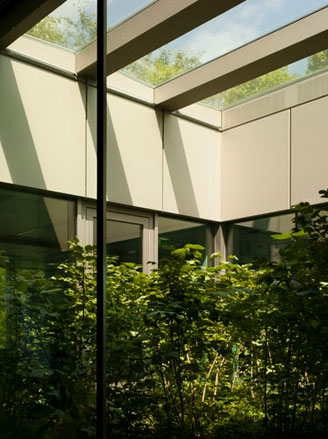
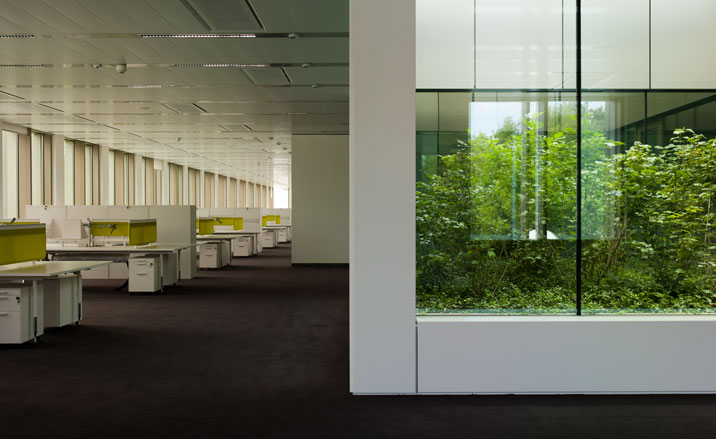

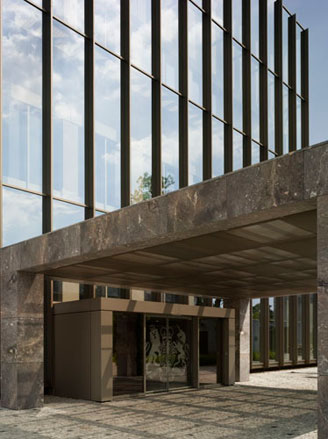
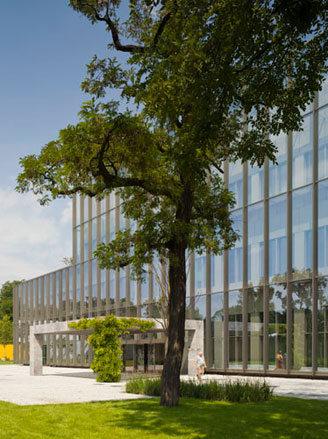
Ellie Stathaki is the Architecture & Environment Director at Wallpaper*. She trained as an architect at the Aristotle University of Thessaloniki in Greece and studied architectural history at the Bartlett in London. Now an established journalist, she has been a member of the Wallpaper* team since 2006, visiting buildings across the globe and interviewing leading architects such as Tadao Ando and Rem Koolhaas. Ellie has also taken part in judging panels, moderated events, curated shows and contributed in books, such as The Contemporary House (Thames & Hudson, 2018), Glenn Sestig Architecture Diary (2020) and House London (2022).
-
 All-In is the Paris-based label making full-force fashion for main character dressing
All-In is the Paris-based label making full-force fashion for main character dressingPart of our monthly Uprising series, Wallpaper* meets Benjamin Barron and Bror August Vestbø of All-In, the LVMH Prize-nominated label which bases its collections on a riotous cast of characters – real and imagined
By Orla Brennan
-
 Maserati joins forces with Giorgetti for a turbo-charged relationship
Maserati joins forces with Giorgetti for a turbo-charged relationshipAnnouncing their marriage during Milan Design Week, the brands unveiled a collection, a car and a long term commitment
By Hugo Macdonald
-
 Through an innovative new training program, Poltrona Frau aims to safeguard Italian craft
Through an innovative new training program, Poltrona Frau aims to safeguard Italian craftThe heritage furniture manufacturer is training a new generation of leather artisans
By Cristina Kiran Piotti